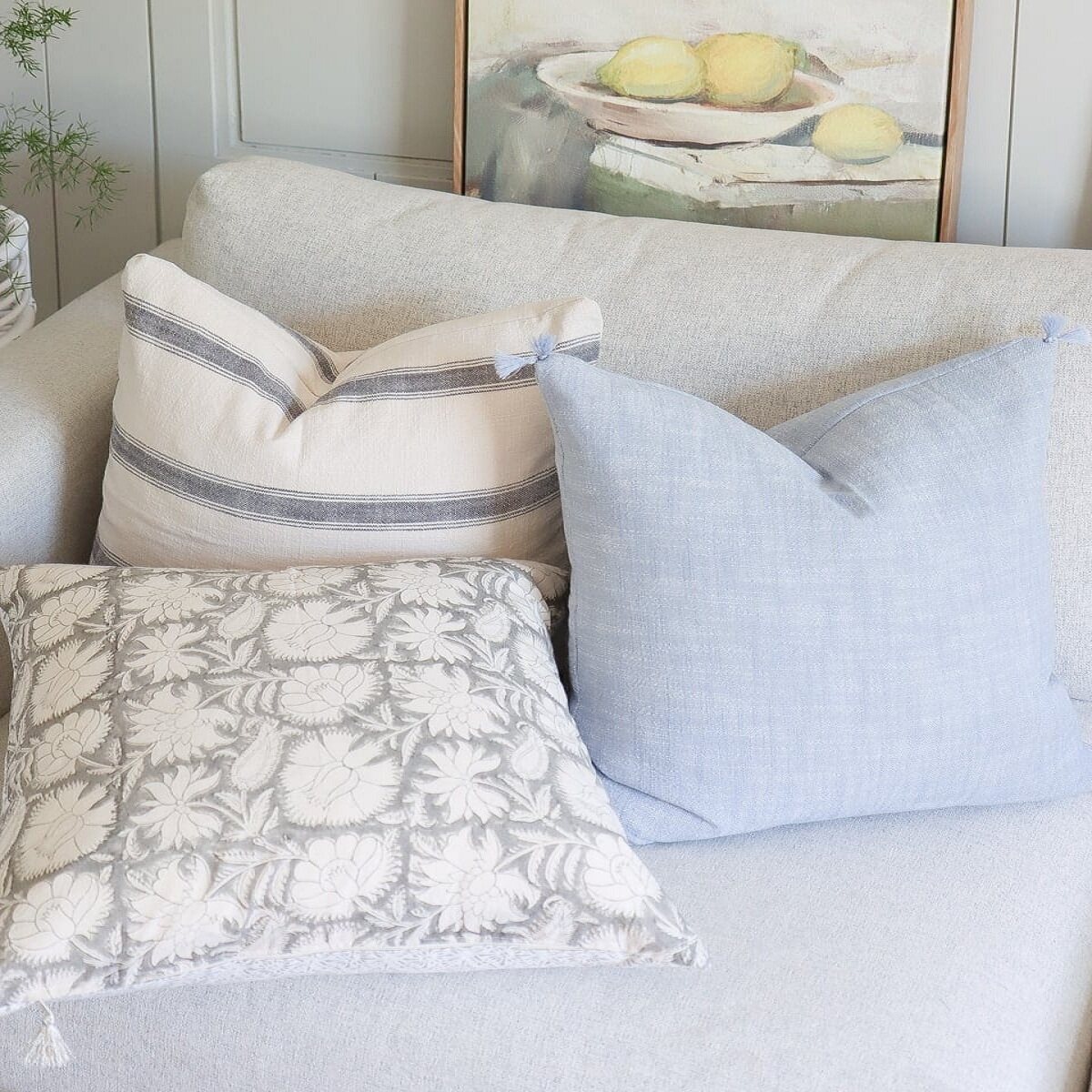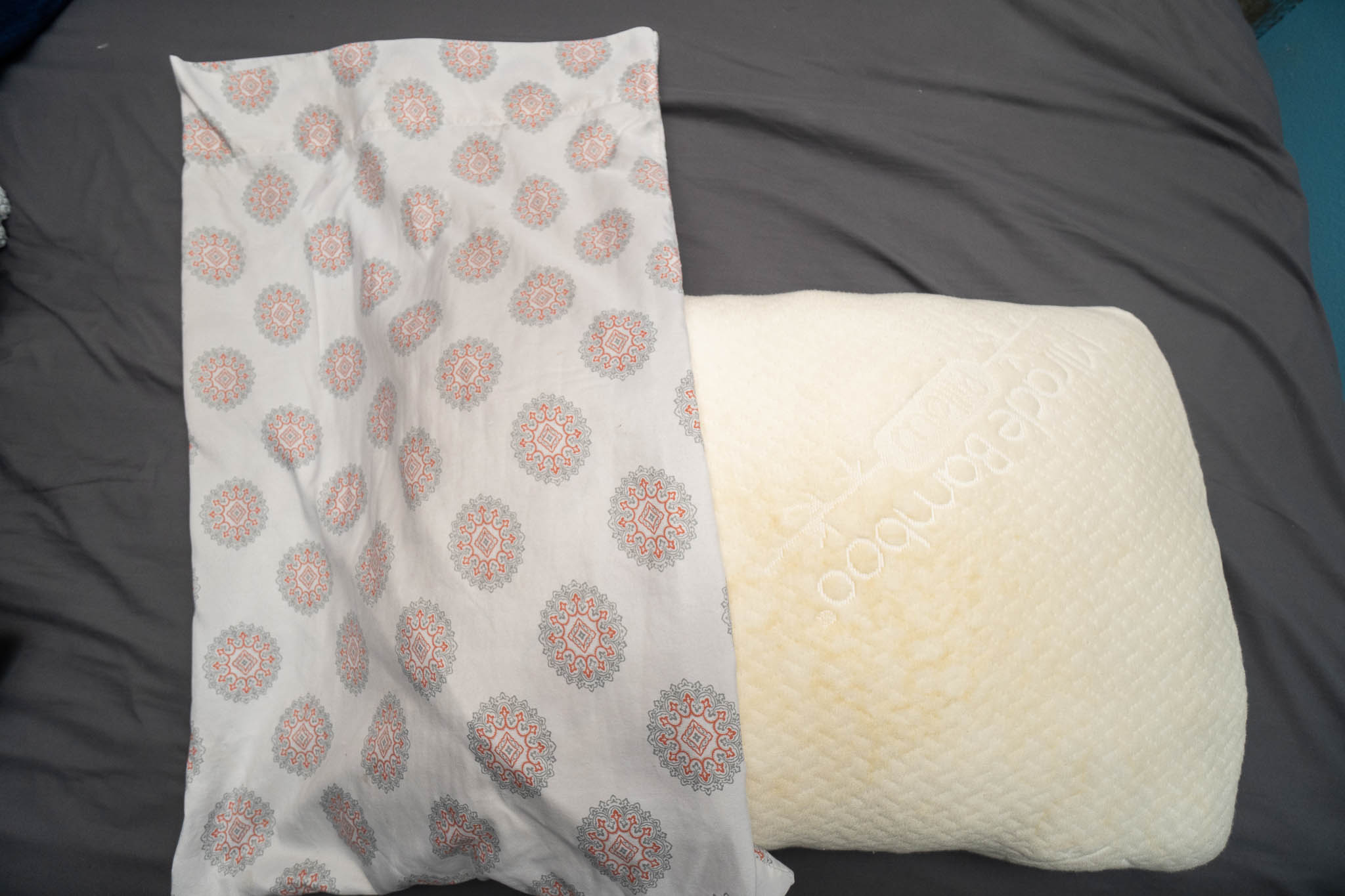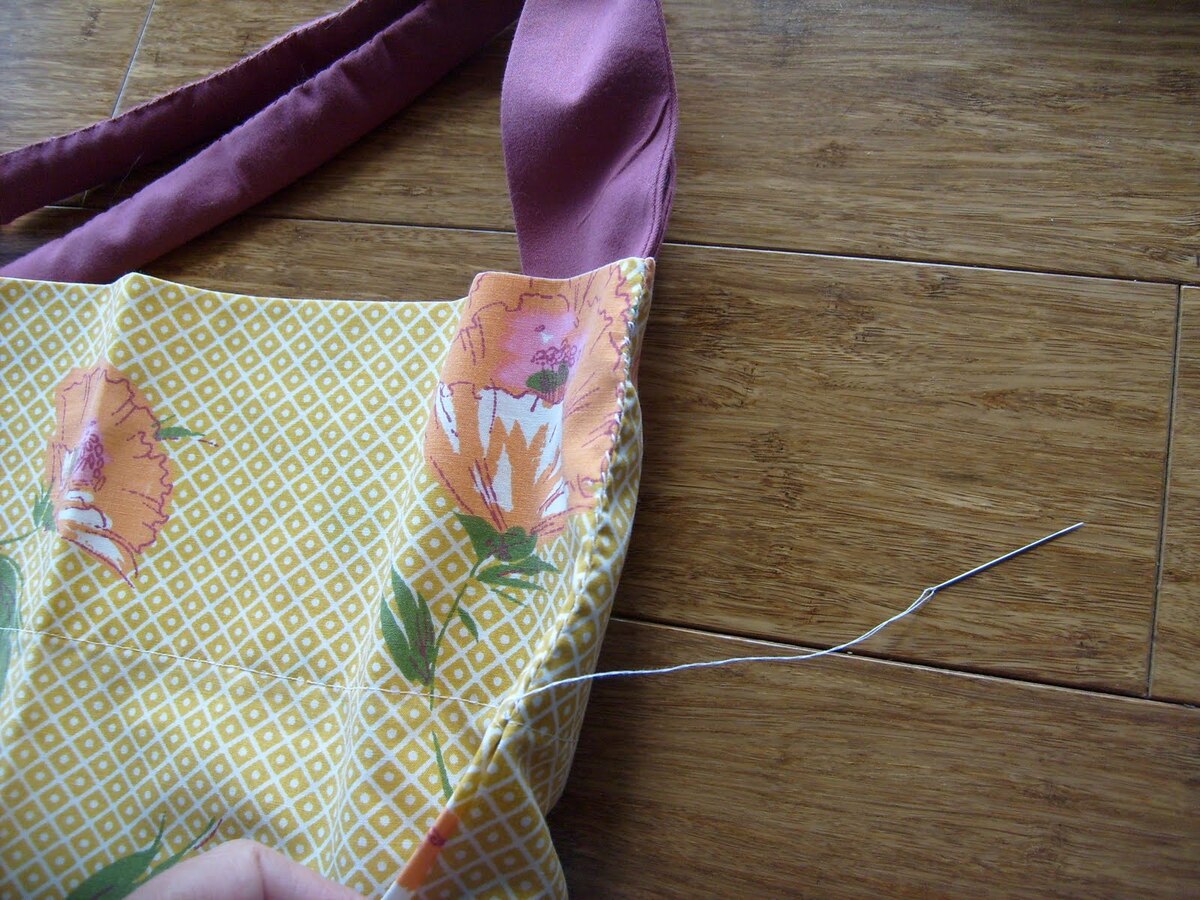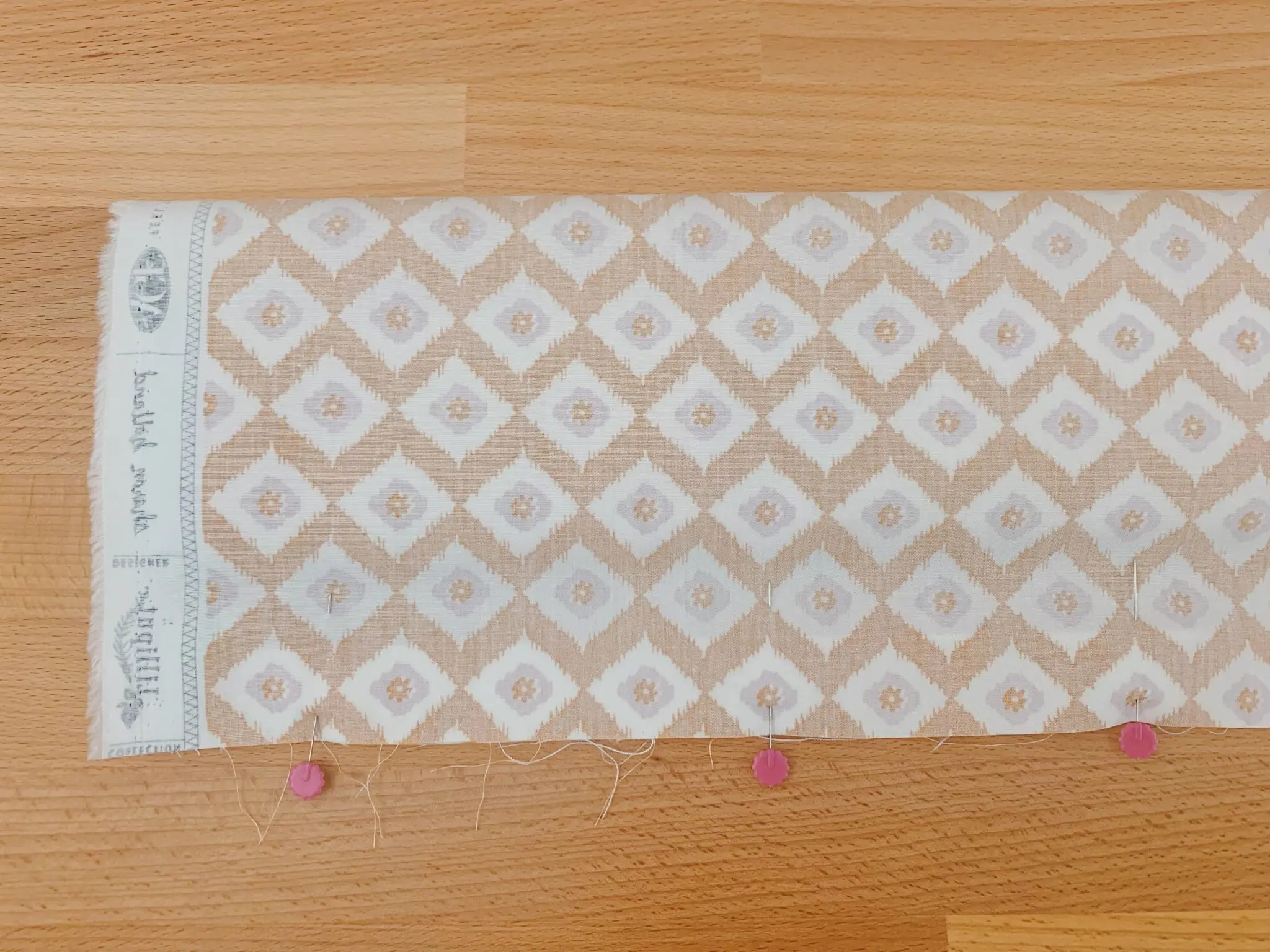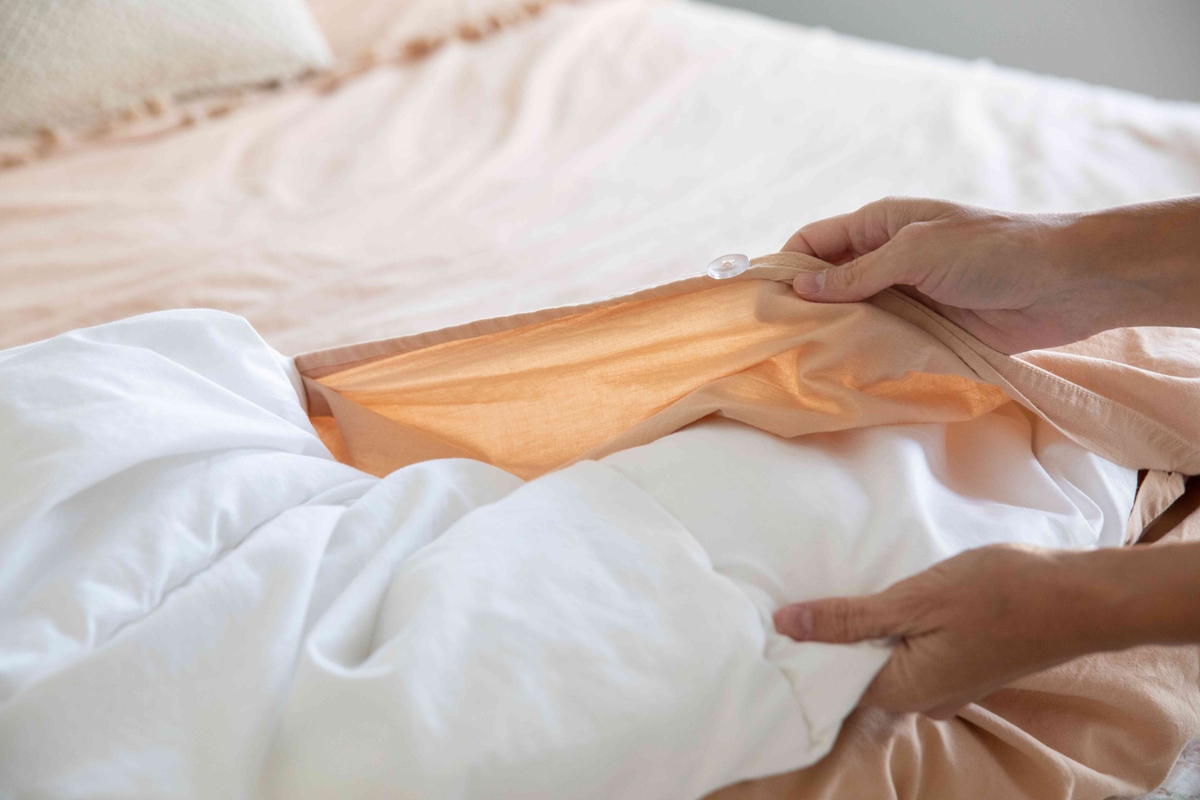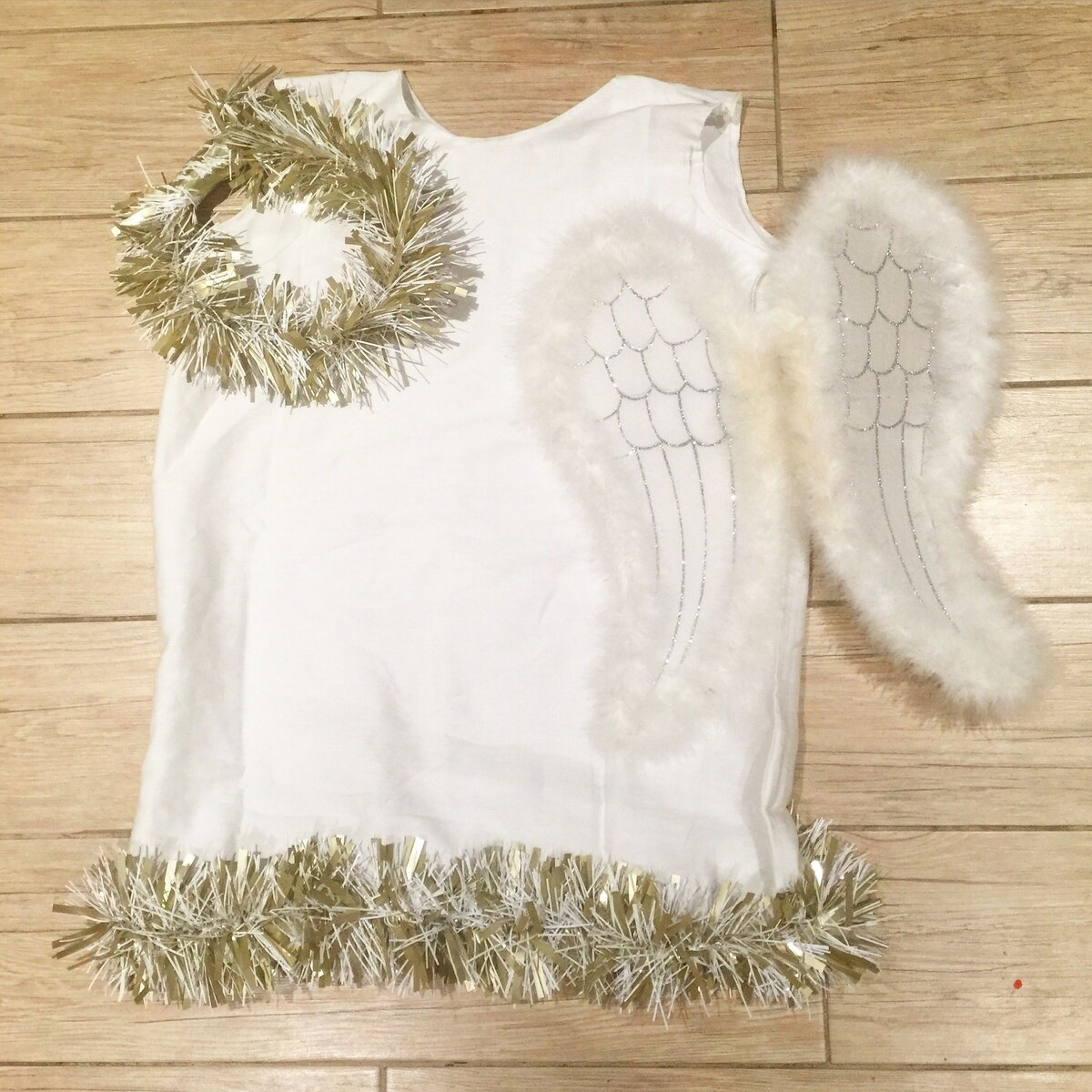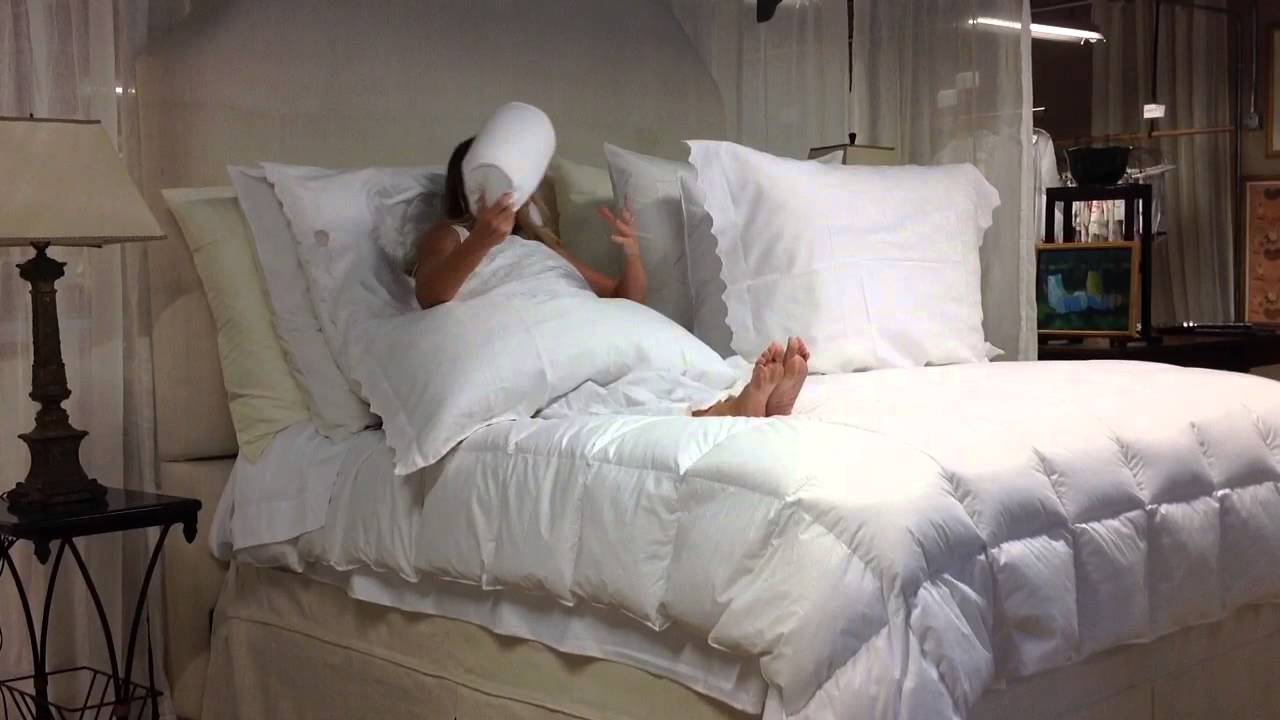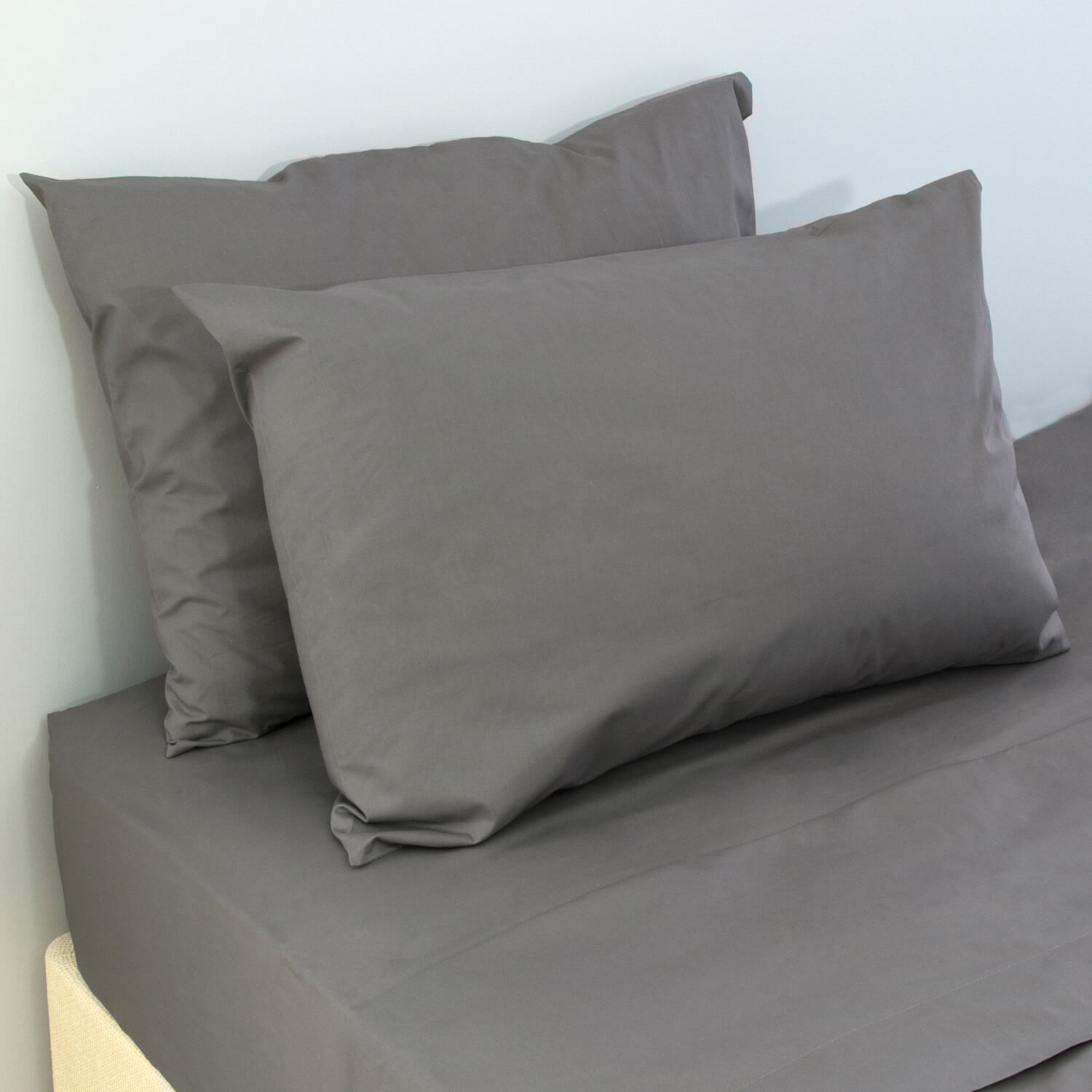Home> Pillowcase
Pillowcase Essentials: Your Ultimate Guide to Perfect Sleep
Explores everything about the ‘pillowcase’: from fabric types, sizes, to care tips. Make your sleep quality a priority – Learn more with our comprehensive guide!
How To Make A Pillowcase Using Burrito / Sausage Roll Up Method
By: Emily Roberts • Articles
